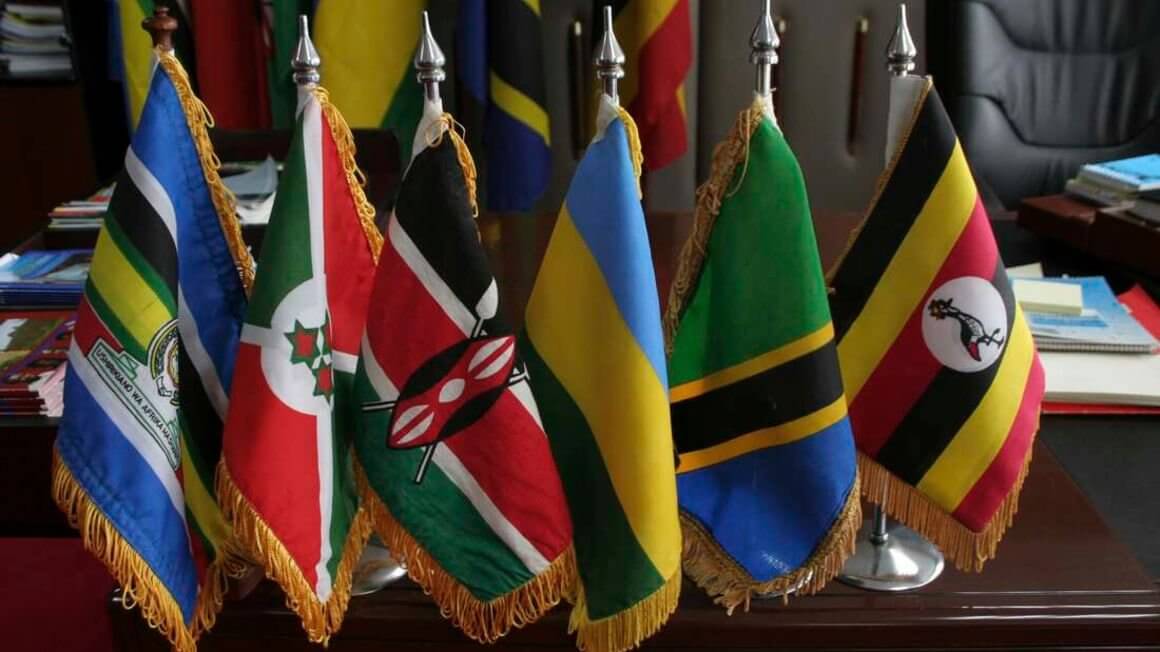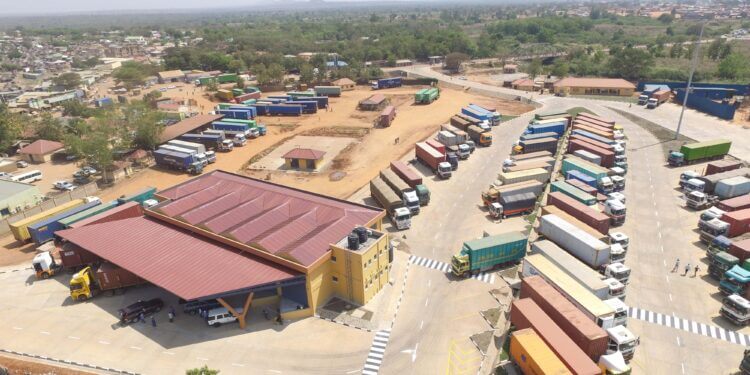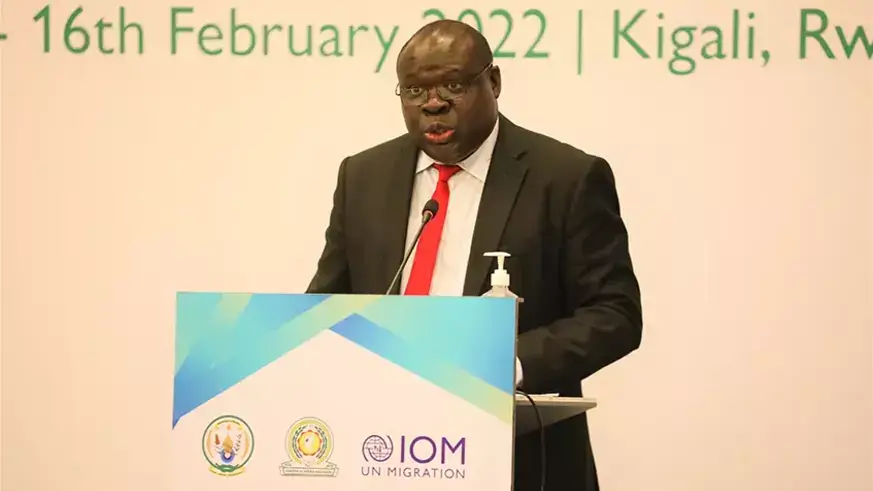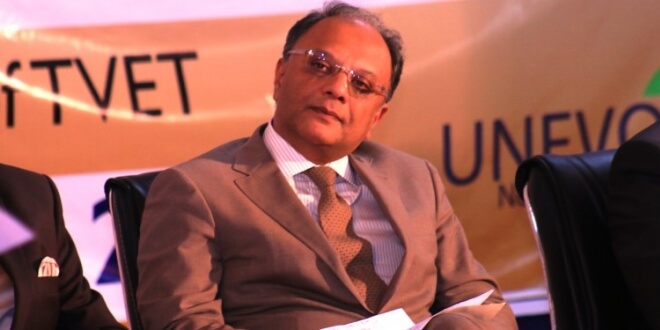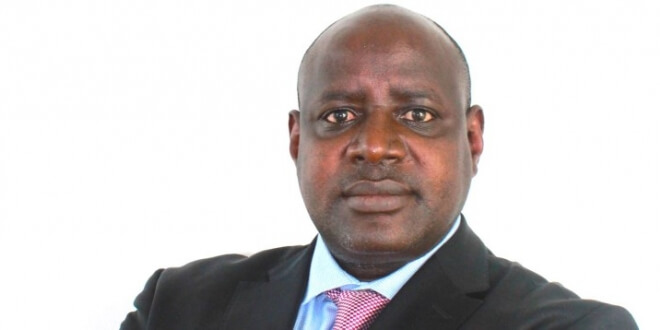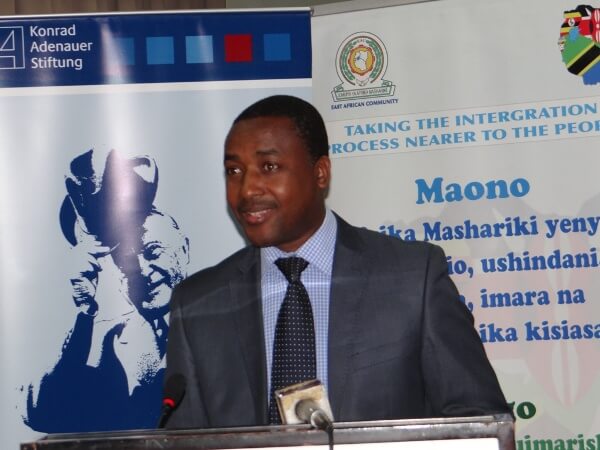Summary Before the Covid-19 pandemic, the region’s economic growth was projected at more than 5 percent, well above the continent’s average of 3.3 percent and the global average of 2.9 percent in 2019. In March 2020, the pandemic disrupted global supply chains following introduction of measures to contain the spread of Covid-19 such as closed borders, social distancing, partial and complete lockdowns. Unfortunately, small-scale cross-border trade collapsed from an average of $44 million in the first quarter of 2020 to $1.15 million by the end of November 2020 because of the Covid-19 restrictions such as lockdowns and curfews. It’s 23 years since the re-establishment of East African Community (EAC) and time to address what more we collectively need to do to realise the dream of East Africa being a prosperous and vibrant economic bloc. Our bloc is widely recognised as the most integrated and fastest growing regional economic bloc in Africa. It has been 17 years since the formation of the Customs Union and 12 years since the implementation of the Common Market protocol, and a tremendous amount has been done to win such accolades. Before the Covid-19 pandemic, the region’s economic growth was projected at more than 5 percent, well above the continent’s average of 3.3 percent and the global average of 2.9 percent in 2019. It is expected to return to such high levels going forward. In March 2020, the pandemic disrupted global supply chains following introduction of measures to contain the spread of Covid-19 such as closed...
Ease of doing business across EAC should be the priority of all organs
Posted on: March 14, 2022
Posted on: March 14, 2022

